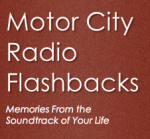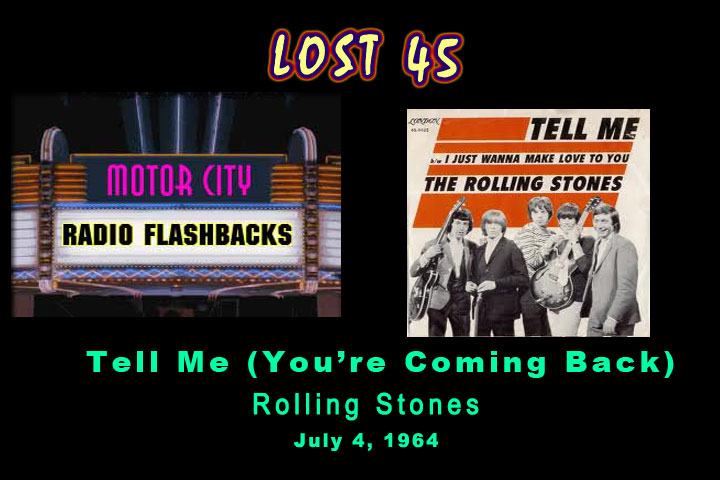![]()
Category: MCRFB Music
CAROLE KING * 1963
![]()
GOLDEN OLDIE
![]()
LOST GOLD * 1963
![]()
1950S GOLDEN OLDIE * FATS DOMINO * 1956
![]()
’50s: DESEGREGATION OF CHART CATEGORIES EARMARKS ’56 . . . JANUARY 26, 1957
Presley topped parade with five singles on all three best selling charts plus high album sales
Jock assists made ’56 sock comeback year for half dozen vet artists via concentrated spinning
B y J A C K B U N D Y | B i l l b o a r d ; J a n u a r y 2 3 , 1 9 5 7
Rock and roll — as in 1955 — was the most important artist and repertoire trend during 1956, in spite of numerous wishful predictions and reports of its “grossly exaggerated” importance and early demise.
Elvis Presley, of course, led the popularity parade, and was an outstanding example of the growing trend toward “integration” of chart categories. In fact, Presley was something of a trend all by himself. As many as five of his single discs appeared on all three best-selling charts, while his first two albums registered high on the jockey and retail package lists.

Last year also lined up as a sock “comeback” year, with such veteran artists as Bing Crosby, Vic Damone, Johnnie Ray, Guy Mitchell and, most recently, Frankie Laine, showing up amongst the most-played platter fraternity for the first time in several years. In each case, concentrated deejay play was largely responsible for putting each disk on top with repeated plays.
Vic Damone, with his “On The Street Where You Live” waxing was the most dramatic illustration of the power of jockey play. The Damone record had been out for more than three months and was considered a dead disk both by Columbia Records and the retailer, when persistent deejay exposure finally turned the sales tide and put the disk high on the charts. It’s also worthy of note that four of the five comeback stars record for Columbia.
Male warblers dominated The Billboard in the year 1956 year-end recapitulation of the jockey and retail charts, with nine disks by men making the year’s top 20. This compares to four by female vocalists (Gogi Grant, Kay Starr, Doris Day, Patti Page), four by vocal groups, (two by the Platters and two by the Four Lads), and three instrumental as well.
Many Newcomers
Many newcomers made the year’s top 50, but few managed to break through with more than one record. Gogi Grant, for instance, who holds down the No. 1 spot on the jockey’s 1956 list, only made it once last year with “The Wayward Wind,” following her initial hit, “Suddenly There’s A Valley,” Cathy Carr and Don Robertson, both newcomers, had but one hit in 1956.
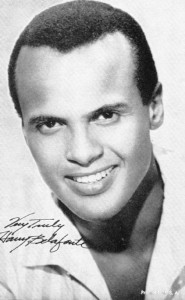
Established artists who continued to rate plays during 1956 included Perry Como, Pat Boone and Gale Storm, each with three records in the top 50; Teresa Brewer with two, and one each for Doris Day and the Chordettes, Bill Haley, Mitch Miller and Dean Martin. Martin, however, is evidently not as popular with jocks as he is with buyers. His “Memories Are Made Of This” was No. 9 on the retail re-cap list, but only No. 46 on the most-played jockey list for 1956.
Absent from the top 50 last year was Eddie Fisher, the McGuire Sisters, Georgia Gibbs, the Four Aces and — surprisingly — Frank Sinatra. Sinatra, however, did show up strongly on the most-played and best selling album charts, thus accounting for the heavy jockey play he received throughout 1956 regardless of his “single” stature.
Almost half of the top 50 most-played pop disks were in the rock and roll category, with many appearing simultaneously on the pop and rhythm and blues charts. and several originating first on the R&B list. Platters by Presley, Carl Perkins’ “Blue Suede Shoes,” and Fat Domino’s “Blueberry Hill” actually showed up on all three charts (pop, r&b and country and western); while Jim Lowe’s “Behind The Green Door,” “Canadian Sunset,” by Eddie Heywood and Winterhalter, and disks by the Platters, Bill Haley, Little Richard, Otis Williams, Frankie Lyman and the Teenagers, and Bill Doggett all made both pop and R&B charts.
Other R&B artists, who showed up in pop last year — although not in the top 50 — were Chuck Berry, the Teen Queens, Little Willie John, Clyde McPhatter, and the Cadets. Tennessee Ernie, Gene Vincent, Presley and Carl Perkins showed up strongly on both the pop and country and western charts.
Instrumentally, the jocks went for sweet, sentimental wax last year, particularly platters with a romantic European flavor, such as the Nelson Riddle retail favorite “Lisbon Antigua,” and Les Baxter with “Poor People Of Paris,” and “Theme From The Three-Penny Opera” by Dick Hyman. Counterpoint was also spotlighted, via Morris Stoloff‘s and George Cates’ waxing of “Moonglow” and “Picnic.“ Also in the soft and gentle groove was “Song For A Summer Night,” a TV-theme click by Mitch Miller.
New Rhythm Styling
An ironic footnote to the longstanding battle between veteran publishers and the rock and roll music clique last year was the trend for top-flight rock and roll stars to revive old pop standards into the hit class, via new rhythm styling, epitomized by the Platters’ “My Prayer,” and Fat Domino‘s “Blueberry Hill,” and so on.
LPs celebrated a banner ’56, with jockeys across the country spinning more and more selections from albums. As a result, some albums selections — notably several Elvis Presley sides, Bing Crosby‘s “True Love,” from his ‘High Society’ sound track album, and “My Prayer,” from the Platters first Mercury package — were spun into the hit single class by heavy jockey radio and dance play.
“My Fair Lady” vied with Harry Belafonte for top album honors in 1956, with other Broadway original-cast and Hollywood sound track LP’s grabbing off sizeable most-played honors in the field, including, “The King And I,” “Oklahoma!” “Eddie Duchin Story,” “Carousel,” “Most Happy Fella” and “Picnic.”
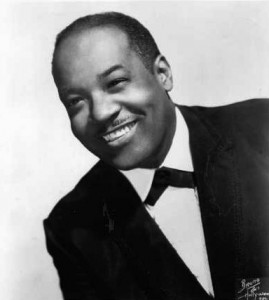
The jockeys gave heavy play to all Belafonte albums (thereby giving him a solid start into the single best-seller class in 1957), and to Pat Boone‘s ‘Howdy’ album. Ella Fitzgerald‘s ‘Cole Porter Song Book album showed up in the top 25 LP’s, thus indicating the jockey’s increasing exposure to the best in jazz, along with Stan Kenton‘s extended-play ‘Kenton In Hi-Fi’ and June Christy‘s own “Misty Miss Christy.”
Jockeys played somewhat less Lawrence Welk than moved across retail counters last year, but on the other hand, helped boost bands by putting several orchestras on their most-play list that didn’t make the retail top 25. Capitol Records’ ‘Dance To The Bands,’ Percy Faith‘s ‘Passport To Romance’ and Sammy Kaye‘s “What Makes Sammy Swing And Sway,” are examples of these popular top band packages.
The turntable set also gave heavy play to several vocal albums which failed to hit the top 25 best-selling album list, including Vic Damone‘s “That Towering Feeling,” Julie London‘s “Lonely Girl,” and Don Cherry‘s “Swingin’ For Two.” END.
(Information and news source: Billboard; January 26. 1957).
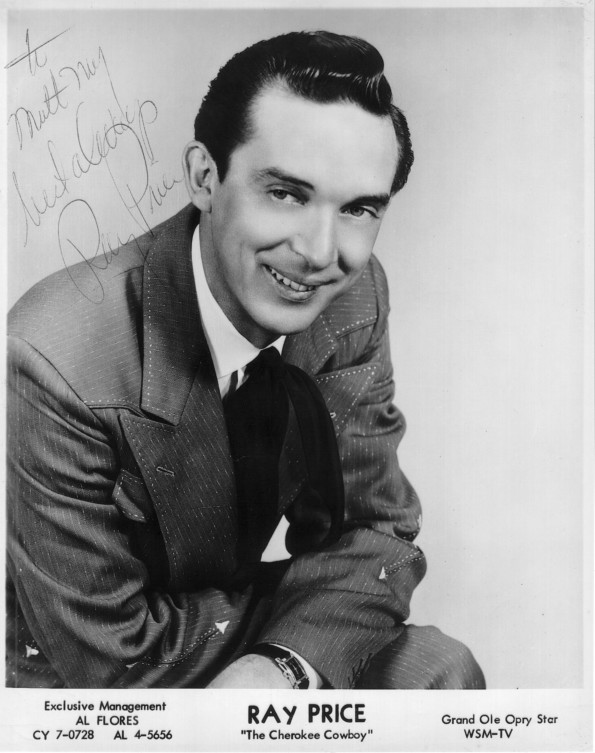
![]()
ANSWER SONGS * 1959
![]()
ROLLING STONES * TELL ME * 1964
JUKEBOX GOLD
![]()
FABULOUS FLIPSIDES
![]()
